
Originally Posted by
anndelise

I'll be honest, Olga, I don't grasp Associative Typology, nor much of what you wrote above.
Personally, I would greatly hesitate before typing someone based on the colors they like, as there are many things that go into such a thing, including evolutionary responses, visual abilities, associated memories, cultural symbolisms, etcetc. However, I did not respond to criticise your theory, I was curious. Thank you, and good luck with your theory. Oh, and if it helps you any, I have felt for about 7 years now that NeFi (Model A) describes me best, both good and bad, heh.



 Reply With Quote
Reply With Quote
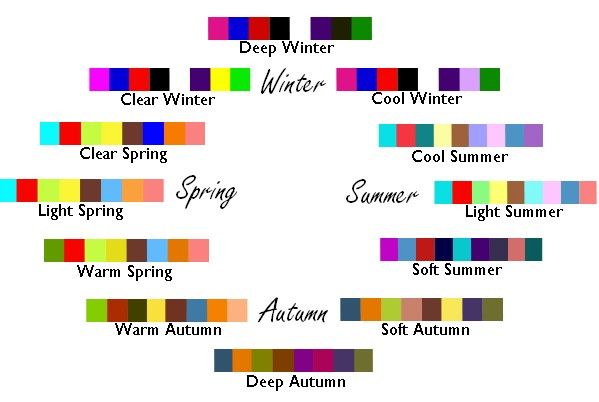
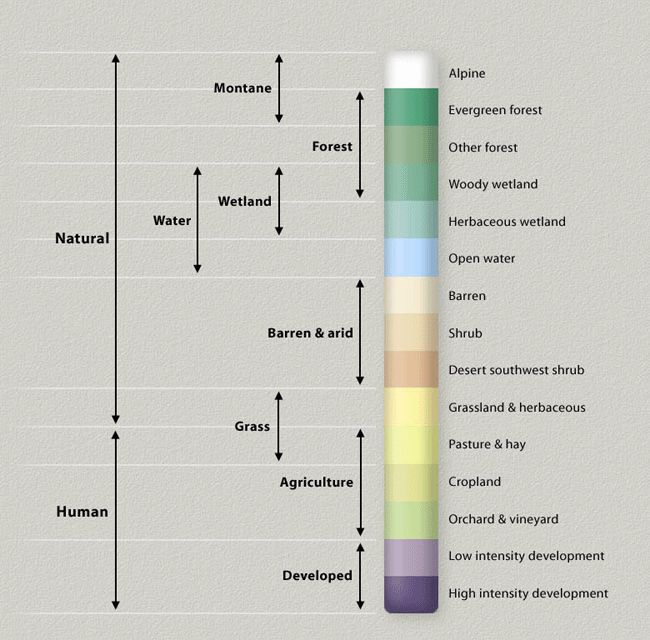
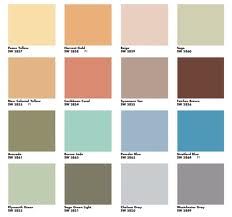



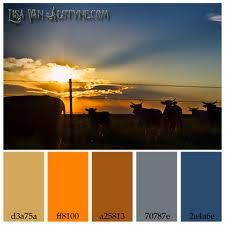

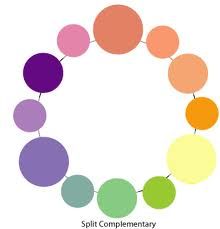
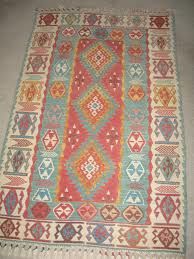
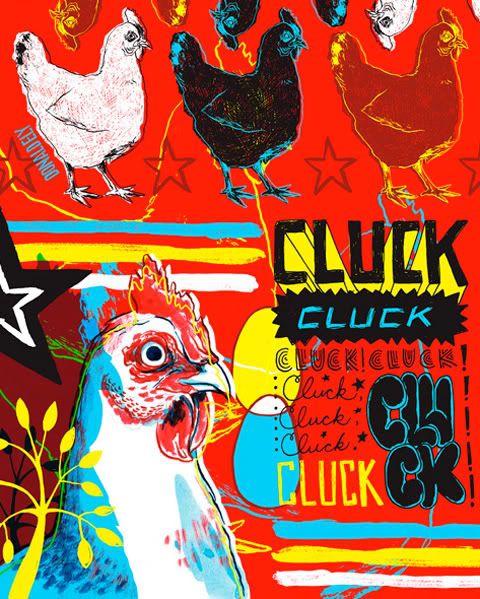
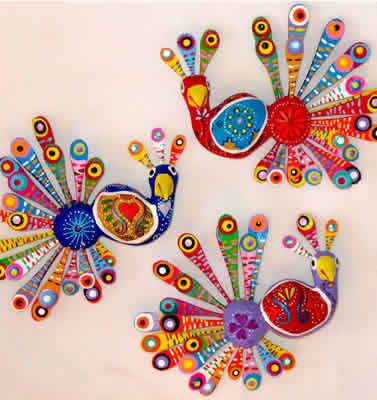



 -
- 
 (as per tcaudilllg)
(as per tcaudilllg)

